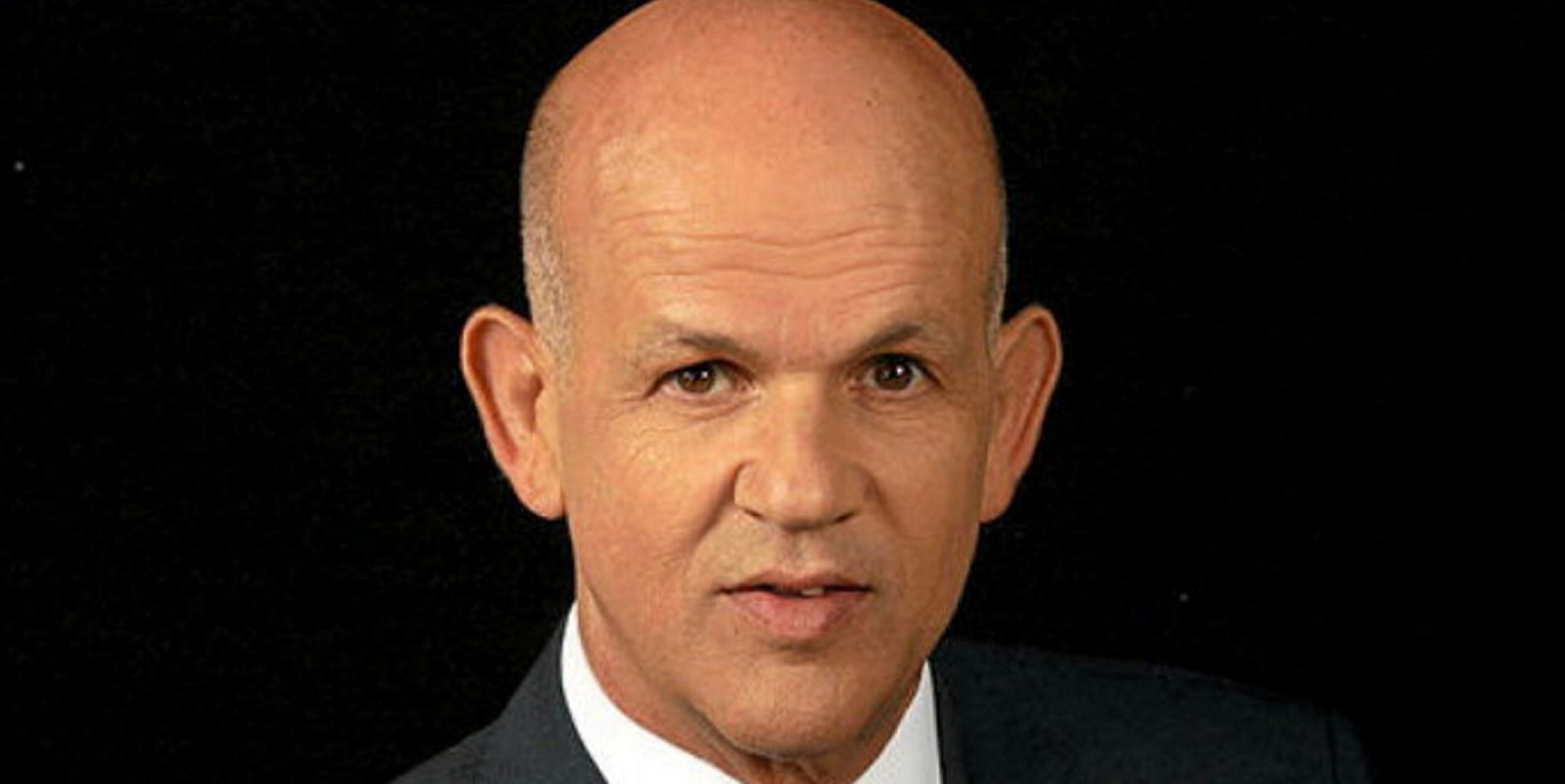It has taken nearly a week, but shares of New York Stock Exchange debutant Zim are climbing back towards the $15 deal price.
After a disastrous first trading day in which the Israeli containership liner fell more than 23%, it has made steady progress every day since and was hovering just above $14 on Wednesday.
Although this was still not the ideal scenario for mainstream shipping’s first successfully concluded IPO since Gener8 Maritime in June 2015, there is at least a sense of order restored.
IPOs are supposed to trade up after pricing, reflecting more investor demand for the offering than could be accommodated, with follow-on investors willing to “pay up” for the privilege of owning the stock.
This rarely happens with shipping IPOs, and there were warning signs as Zim priced on 27 January.
It had to settle for pricing $1 below the intended target range of $16 to $19 per share. Furthermore, it slashed the number of shares it proposed to sell to 14.5m from 17.5m.
That shrank an offering that would have brought gross proceeds of about $300m at midpoint price range down to $217.5m.
Zim opened and closed trading on 28 January at only $11.50 per share, losing more than $400m in equity value. But there has been better news since. It closed at $12.05 the next day, then $13.62 on Monday and $14.11 on Tuesday.
If Zim is able to pass the $15 IPO price for some period, it at least theoretically has the chance to trigger the 15% underwriters’ over-allotment option, which could bring in as much as a further $32.5m.
Digital initiatives
Citigroup, Goldman Sachs & Co and Barclays were the IPO's global coordinators, while Jefferies and Clarksons Platou Securities acted as joint bookrunners.
Zim tapped the New York Stock Exchange to add working capital and create a public market for its shares, which would allow it to access equity markets in the future.
In its draft prospectus, it said it intends “to use the net proceeds from the offering to support long-term growth initiatives, including investing in vessels, containers and other digital initiatives, to strengthen its capital structure, to foster financial flexibility and for general corporate purposes”.
A global, asset-light container liner, Zim is ranked the 10th-largest operator by aggregate fleet capacity. It owns just one vessel, with its remaining 69 ships controlled through charter deals.






